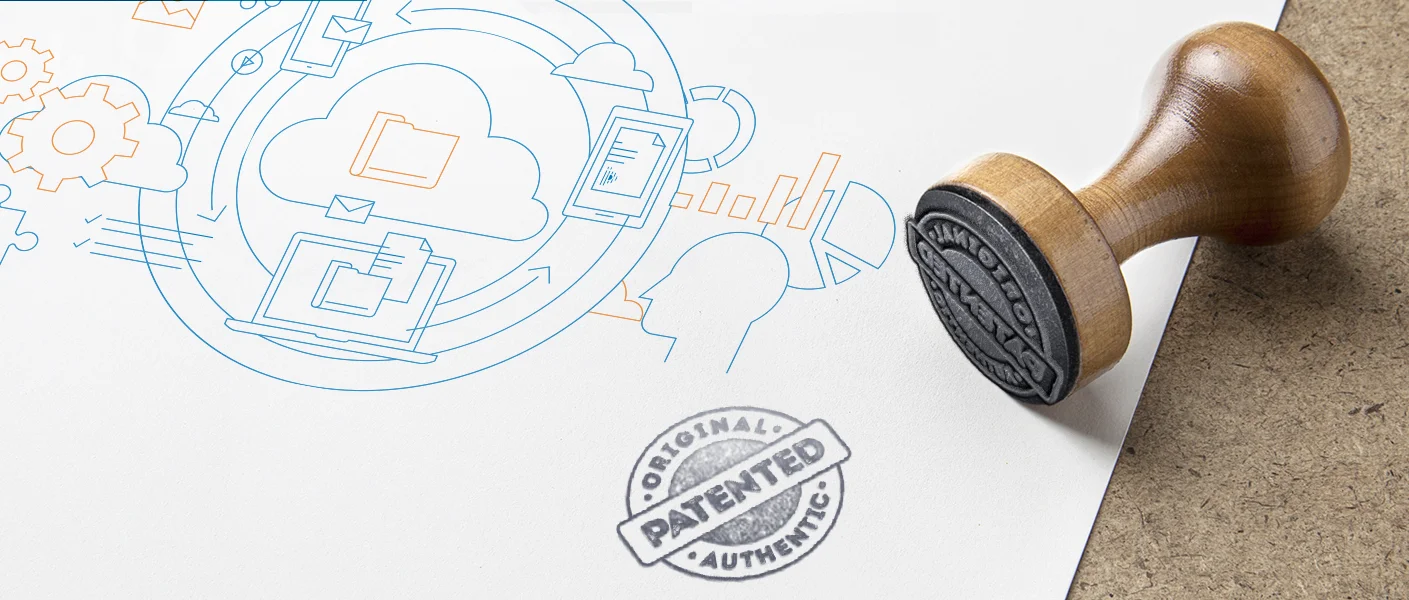Understanding Industrial Designs Protection
April 30, 2024 By Shruti NairIn today's competitive business landscape, protecting intellectual property (IP) rights is paramount for businesses to safeguard their innovations and maintain a competitive edge. One crucial aspect of IP protection is industrial designs, which play a significant role in shaping the visual appeal and functionality of products.
In India, the legal framework governing industrial designs protection is outlined in the Indian Design Act 2000, offering robust mechanisms for safeguarding design IP rights.
This informative blog delves into the nuances of industrial designs protection under Indian law, providing valuable insights for businesses and creators alike.
Understanding Industrial Designs Protection:
Industrial designs encompass the ornamental or aesthetic aspects of a product, ranging from its attributes such as shape, configuration, material, pattern, color or ornamentation. These designs contribute to the visual appeal and commercial value of products, making them integral assets for businesses across various industries.
In India, industrial designs protection is governed by the Design Act 2000, which provides statutory protection for original designs applied to articles in various industrial fields.
Key Provisions of the Indian Design Act 2000:
The Indian Design Act, enacted in 2000, establishes a robust legal framework for the protection of industrial designs in India. Under the Act, industrial designs are defined as features of shape, configuration, material, pattern, color or ornament applied to an article by any industrial process or means, which appeal to the eye.
To qualify for protection, designs must be new or original, not previously published or disclosed in any form, anywhere. Also, the design must not be contrary to public order or morality.
Design Registration Process:
The Design Act provides for the registration of industrial designs, offering creators exclusive rights over their designs for a specified period. The registration process involves filing an application with the Design Office, accompanied by representations or drawings of the design.
Upon examination and fulfillment of statutory requirements, the Design Office issues a registration certificate, granting the owner exclusive rights to use the design and prevent others from unauthorized use. Only a registered patent agent or a legal practitioner can be appointed as an authorized agent.
Scope of Protection:
Once registered, industrial designs enjoy statutory protection for a period of ten years, extendable by an additional five years upon payment of renewal fees. During this period, design owners have the exclusive right to make, use, sell, or import articles embodying the registered design.
Any unauthorized reproduction or imitation of the registered design constitutes infringement, entitling the owner to legal remedies under the Design Act.
Enforcement of Design IP Rights:
In cases of infringement or unauthorized use of registered designs, the Design Act provides remedies such as injunctions, damages, or accounts of profits. Design owners can enforce their rights through civil remedies or seek redressal before the Intellectual Property Appellate Board (IPAB) or competent courts.
Additionally, the Act prescribes penalties for offenses such as piracy, counterfeiting, or falsely representing a registered design.
Industrial designs play a pivotal role in product differentiation and brand identity, making their protection essential for businesses seeking to safeguard their competitive advantage. The Indian Design Act 2000 provides a robust legal framework for the protection of design IP rights, offering creators statutory protection and enforcement mechanisms.
By understanding the nuances of industrial designs protection under Indian law, businesses can effectively leverage their design assets and foster innovation in the dynamic marketplace.
Industrial designs protection is a critical aspect of intellectual property rights in India, governed by The Designs Act, 2000. Designers and businesses must understand the legal frameworks and procedures involved in protecting their creative innovations to safeguard their competitive advantage in the market.
By leveraging the provisions of the The Designs Act, 2000. designers can secure exclusive rights to their designs and prevent unauthorized use or infringement by others. Additionally, fostering a culture of innovation and respect for design ip act and its rights is essential for driving economic growth and promoting creativity in India's dynamic business environment.
You can always gain more insights on Design Law in India, Design IP Act or about Design IP Rights in India from Parker and Parker Co. LLP.





